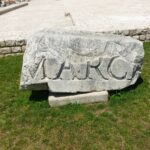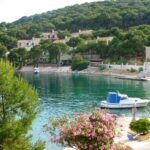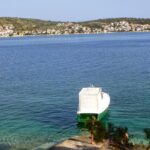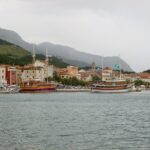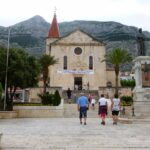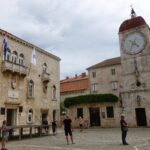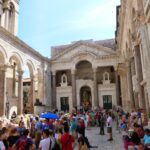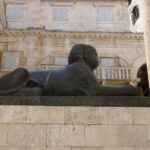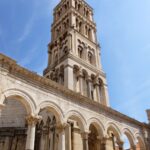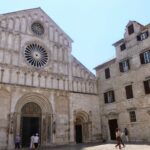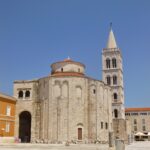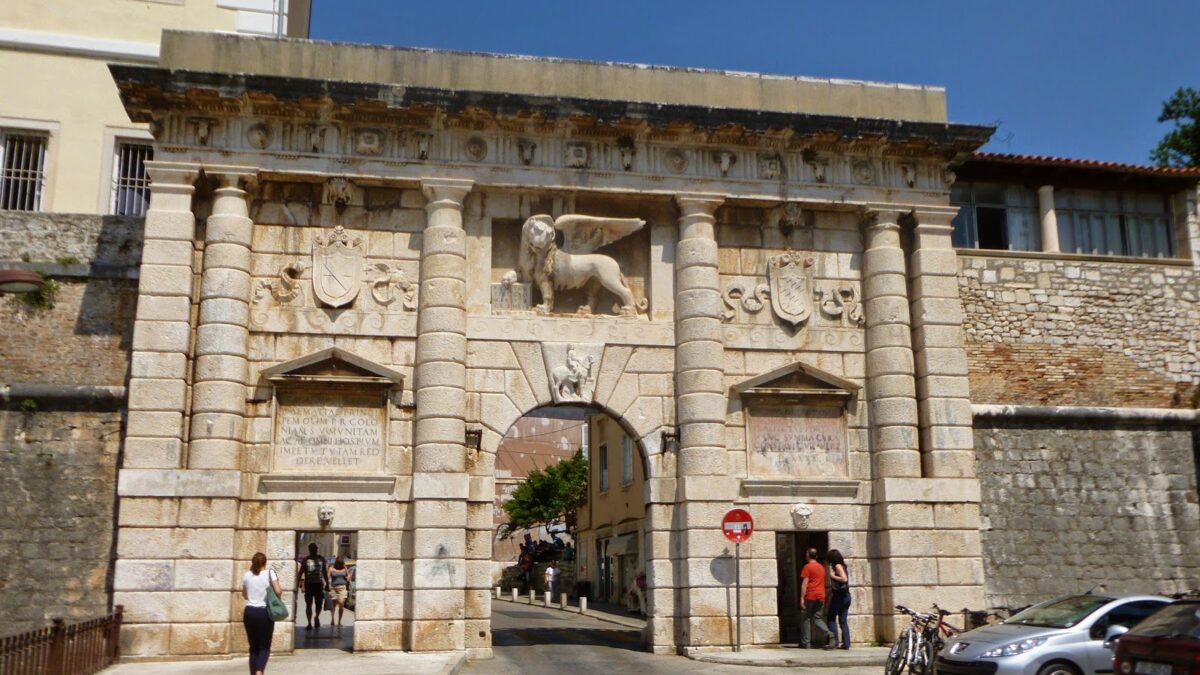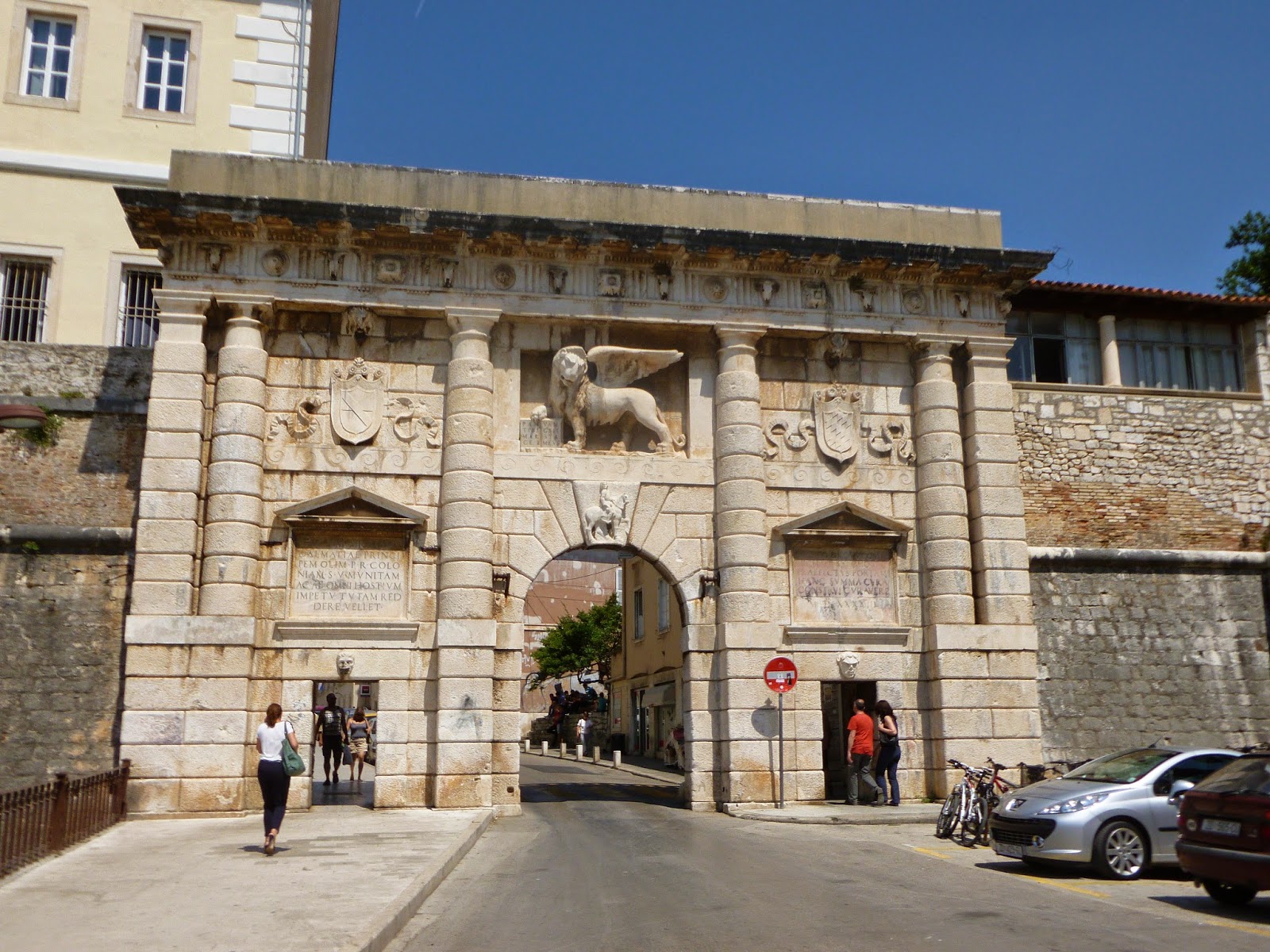
CROATIAN COAST
Alfred Hitchcock thought the sunset in the ancient city of Zadar was the most beautiful in the world. With crystal clear waters and numerous islands off its coast, Zadar is certainly scenic but it is also very historic.
Zadar is 3,000 years old and the 5th largest city in Croatia. Zagreb, the capital, is the largest.
The city gates and walls around Zadar's medieval center were built when the land was part of the Roman Empire. Numerous ruins and monuments from that period remain. More recent additions to the old city are the University of Zadar, a wide walkway around the city and a water organ. It is an interesting and lovely town to walk around. We also enjoyed a ferry ride across to the island of Preko.
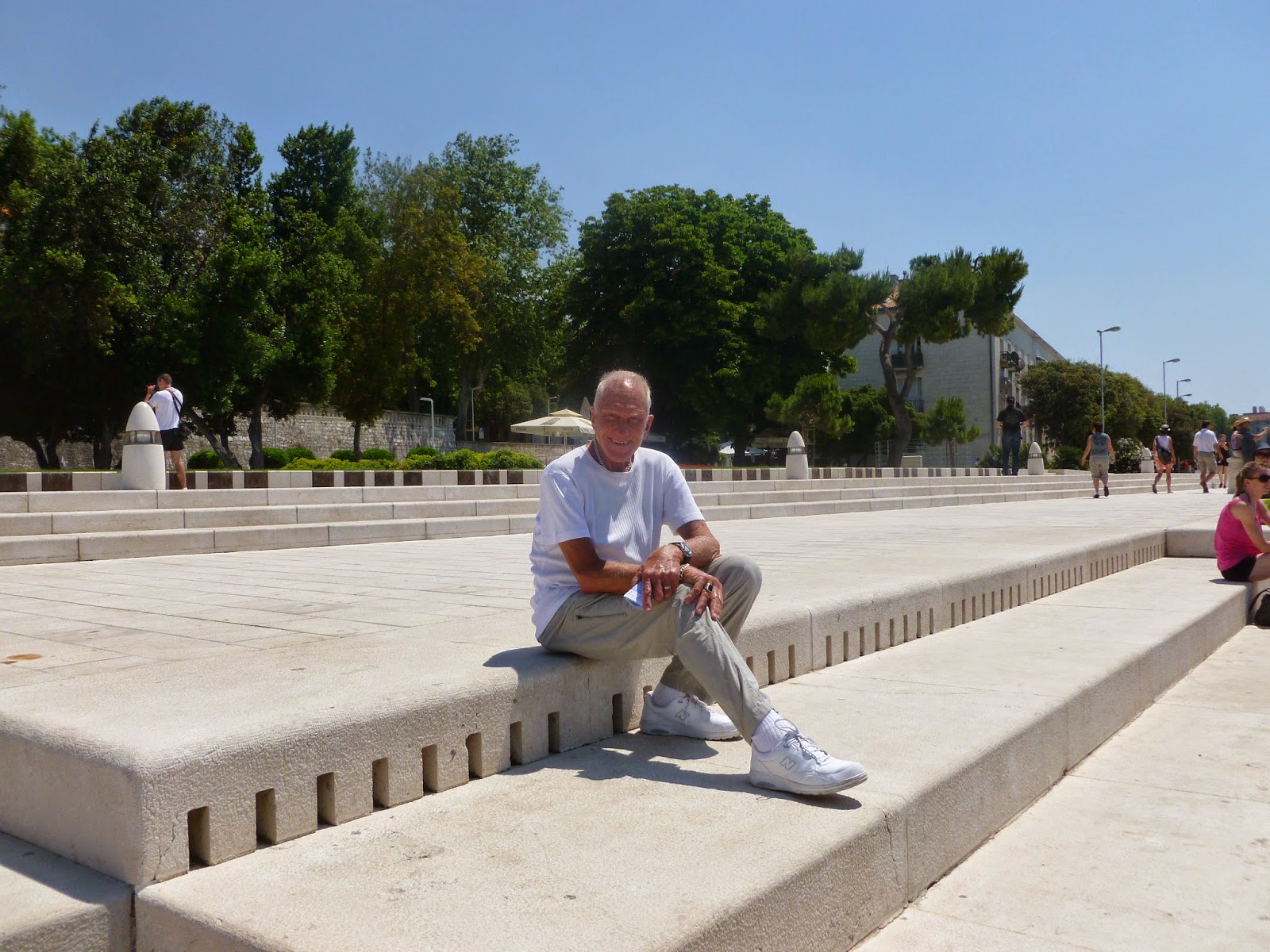
Undoubtedly, the most serene place we stayed was Rogoznica. Our residence was at the water's edge with a large balcony to enjoy the view. Since the building was not yet full, the owners kindly upgraded us from a studio to a 2 bedroom apartment. It was about a 15 minute walk on a gravel path along the sea into town which is known for having one of the safest, most sheltered bays on the Adriatic.
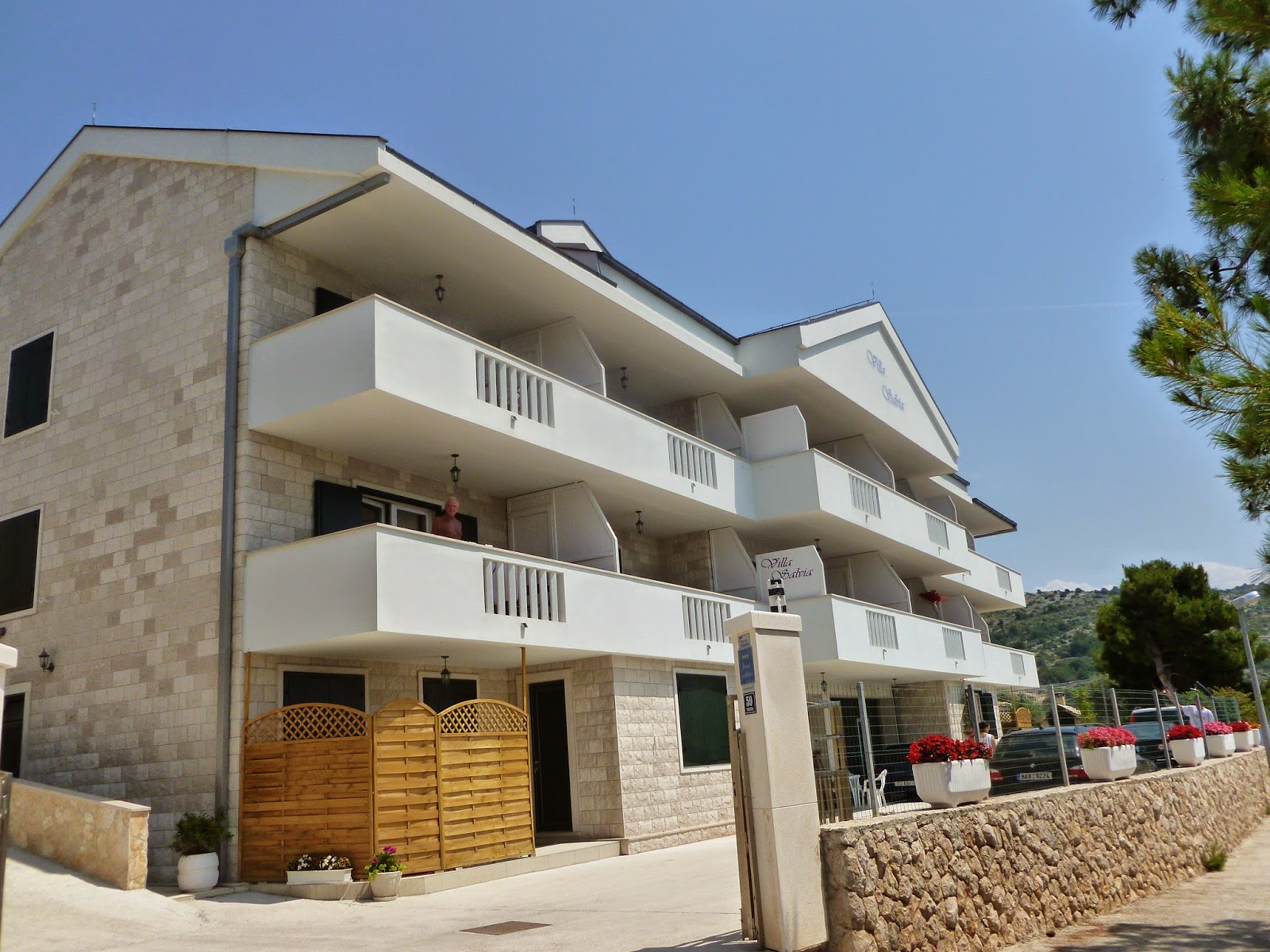
Continuing south along the coastline, we came to one of Croatia's most popular vacation areas, the Maraska Riviera, a 38 mile stretch of small towns and nice beaches.
The town of Makarska is in the center of the Riviera with sandy beaches and a sheltered bay on one side and massive Mount Bioko on the other. The rocky cliffs are 5,770 feet high and hover over the town like protective giant. We were fortunate to again take half board at our hotel there. They offered an excellent 4 course dinner at their restaurant which was right on the promenade overlooking the sea.
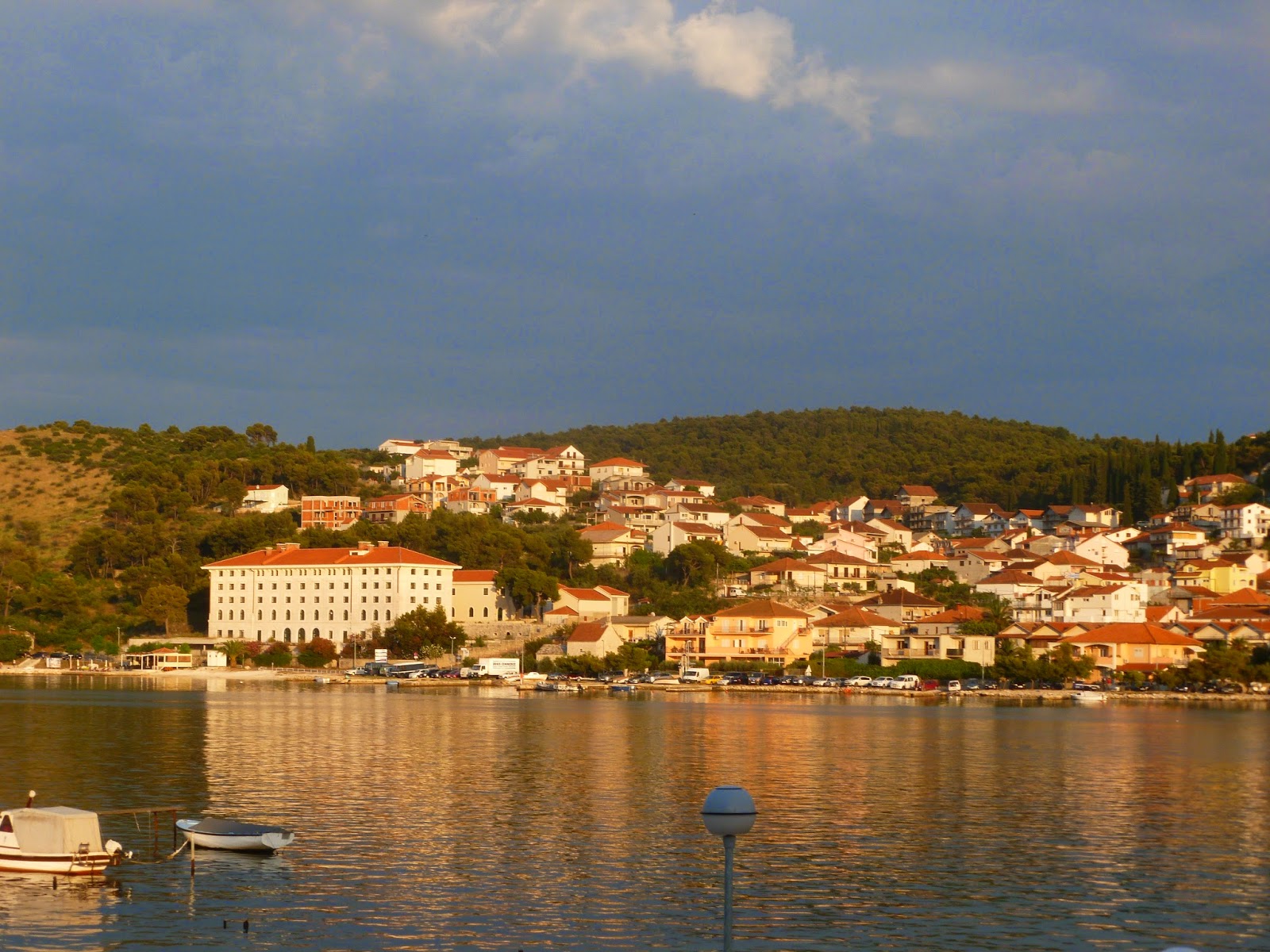
Our final stop on the coast was Trogir. In the 3rd century B.C., Trogir was founded by Greek colonists and has continually been inhabited ever since. Romans and Venetians added to the architecture over the years and in 1997, Trogir was added to UNESCO's World Heritage sights as the best preserved Romanesque-Gothic town in central Europe. Situated on a small island, its narrow streets lead to ancient towers, churches and a fortress. The medieval core is surrounded by walls. On the outskirts are a daily green market and permanent market stalls.
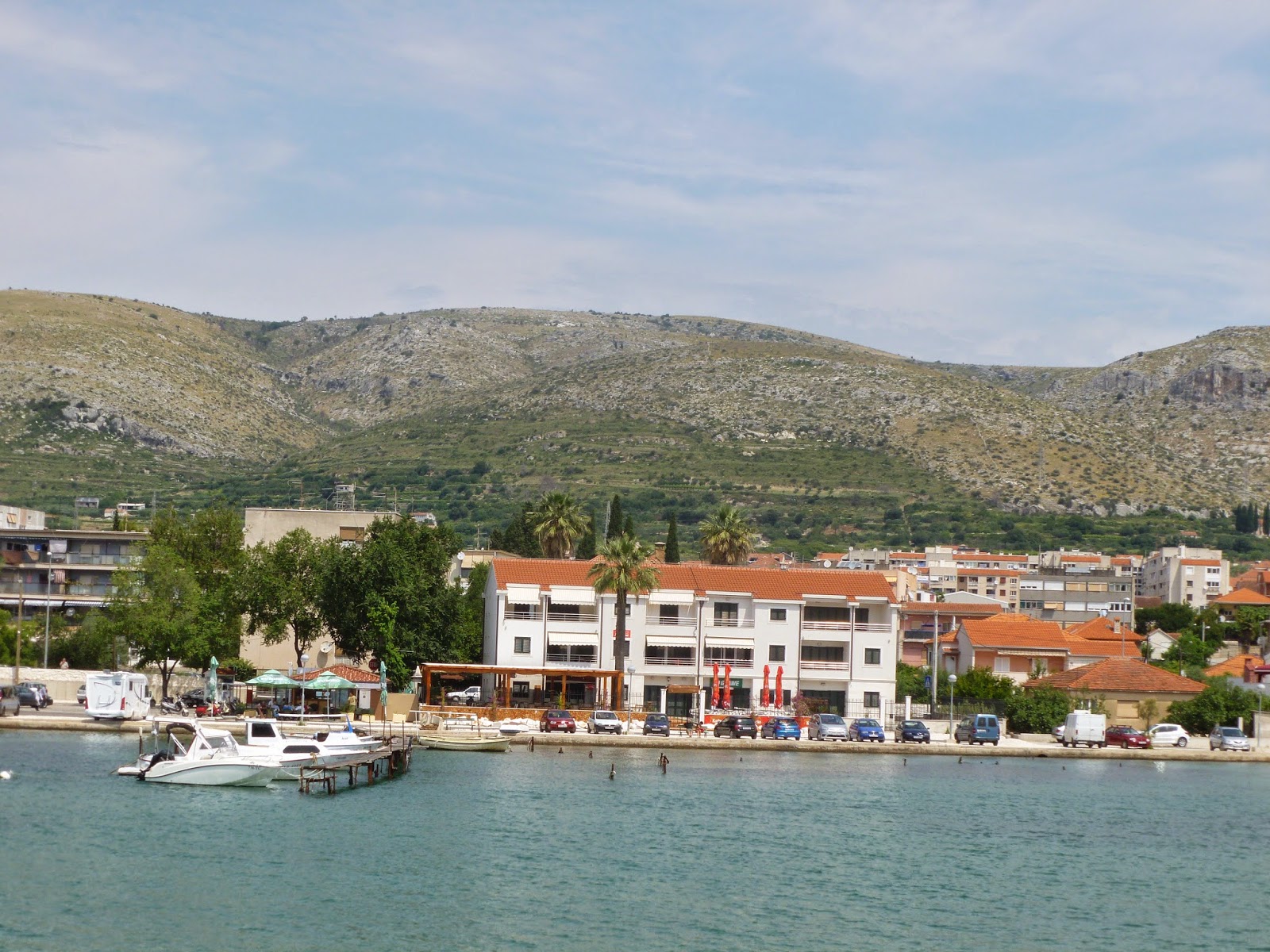
From Trogir, a pleasant one hour boat ride took us to Spit, Croatia's second largest city.
The main draw here is Diocletian’s Palace, also a UNESCO World Heritage site. The Emperor Diocletian chose the land beside Split's harbor for the construction of his retirement home. Begun in 293 and completed 10 years later, it was actually a small city.
The Cathedral of St. Duje was built in the 13th century and stands next to the original site of the emperor's mausoleum. On the other side is a black granite sphinx that Diocletian brought back from conquests in Egypt.
Now we head inland to visit two of Croatia's national parks.
